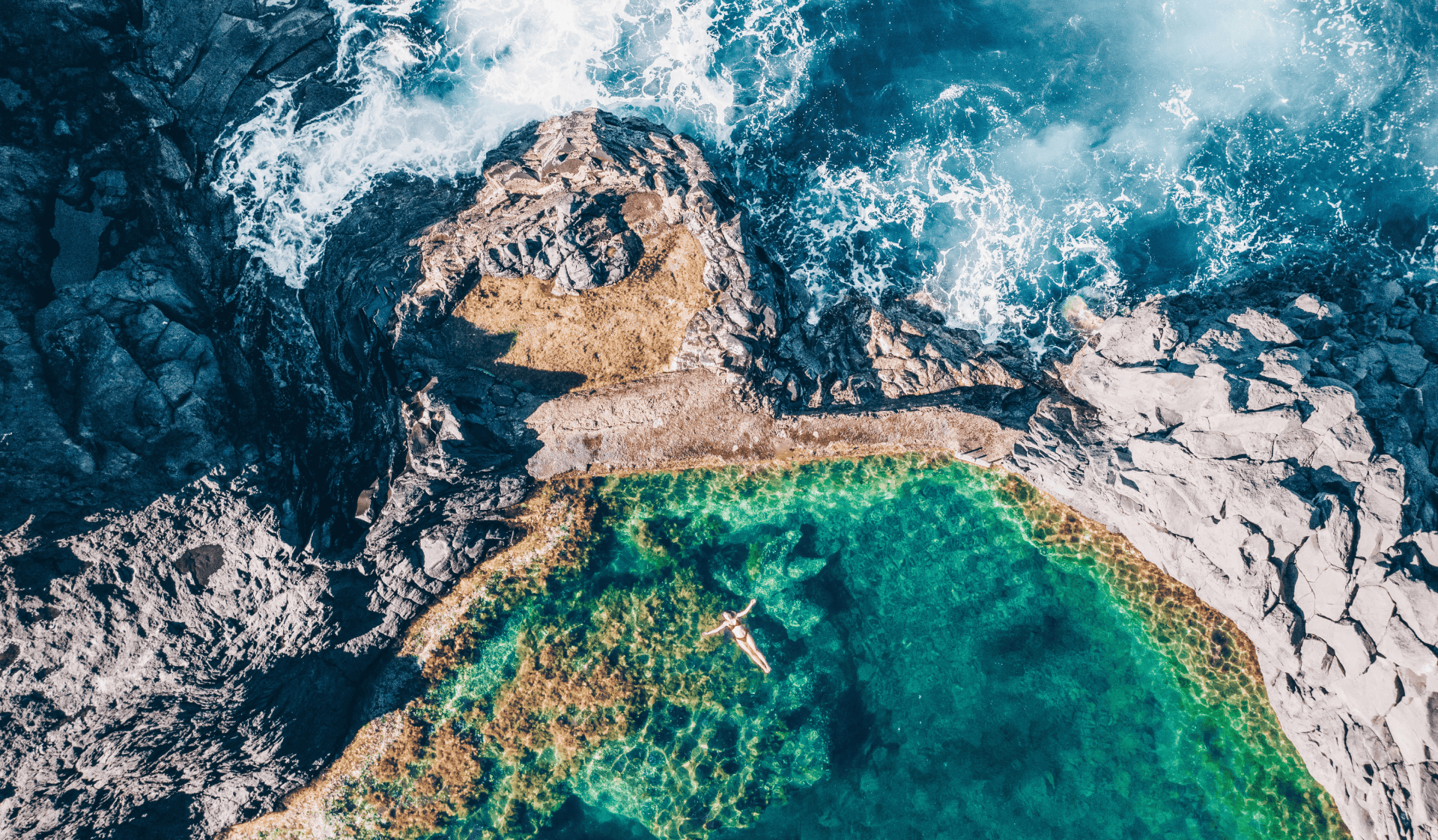Far out in the Atlantic Ocean between Portugal and Morocco lies this gorgeous little island that lures with year-round pleasant temperatures and the promise of adventure. Bizarre volcanic formations, swimming bays, lush green valleys and dramatic cliffs attract recreation seekers and active vacationers alike. So are digital nomads, who are increasingly flocking to Madeira to enjoy the comforts of hybrid work culture. And yet, many still think of Madeira Island as an insider’s tip. We have compiled the best places, activities and specialties you shouldn’t miss when you visit this magical island.
Top things to do in Madeira
Start your exploration in the southern capital of Funchal, named after the fennel that once grew abundantly here. It is considered one of the safest and cleanest capitals in the world and charms with a mix of cobblestone streets, modern shopping areas and first-class restaurants. The balanced mix of city and lush parks captivates visitors all year-round. Our favorite park is the Tropical Garden in the Monte district. Inspired by his travels in China and Japan, José Berardo created a floral masterpiece of native plants, roaming peacocks, a koi pond, and diverse Portuguese artwork.
You’ll get the best first impression of Funchal in the center of Santa Maria by visiting the Mercado dos Lavradores, the 1930s indoor market. Taste your way through many delicious regional specialties while admiring the enchanting azulejo tiles that display typical market scenes for nearly 100 years. On Fridays and Saturdays, you can spot some vendors in their traditional Madeiran costumes.
In Funchal’s old town, you’ll find all kinds of sights such as picturesque squares, charming churches and chapels, but also a wide choice of bars and restaurants. To learn more about the history of the island, a visit to the nearby Madeira Story Centre is worthwhile. As you wander the streets, keep your eyes open. You’ll notice colorfully painted doors that are part of the Art of Open Doors project. Other works by renowned Portuguese artists await you at the Fortaleza de São Tiago. The 17th-century fortress once repelled pirate attacks and is now one of the island’s art centers hosting regular events.
Funchal’s harbor is one of the most impressive in the world and boasts both sailing yachts and gigantic cruise ships. From here, tours head out to sea to watch the dolphins and whales as they pass Madeira’s steep cliffs. Make sure you have your camera with you, as the view of the lush green island from the water is a keeper.
The people of Madeira like to party and so it’s not surprising that there are festivals around the year. Besides the carnival, the most famous is the flower festival, Festa da Flor, in Funchal. Taking place annually from April to May it boasts an array of magnificent parades and impressive costumes. The entire island has the scent of flowers in the air and shines in all imaginable colors. There is laughter, dancing and celebration of spring. The perfect opportunity to dive deeper into the culture and connect with locals.
Just a short trip from Funchal, you’ll find the lava pools of Porto Moniz, which are one of the island’s most popular attractions. Over thousands of years, the sea created natural pools out of the lava rock. Today, they invite visitors to swim and snorkel. Since the sea around Madeira Island is rather rough, this is a welcome opportunity to enjoy the island’s waters and its spectacular view. Those traveling with children should choose the accessible Lido pools in Porto Moniz. For a small fee, there are changing rooms, showers, a sun deck and lifeguards. After your little swimming adventure, visit the aquarium at Joao Baptista’s fort, or relax on the modern promenade in one of the charming cafes.
Fun Fact: Did you know that the Hawaiian ukulele originated in Madeira? In 1879, musician João Fernandes emigrated from Madeira to Oahu in Hawaii, taking his braguinha, a small native four-string guitar, with him. It grew into the ukulele that is so popular today.
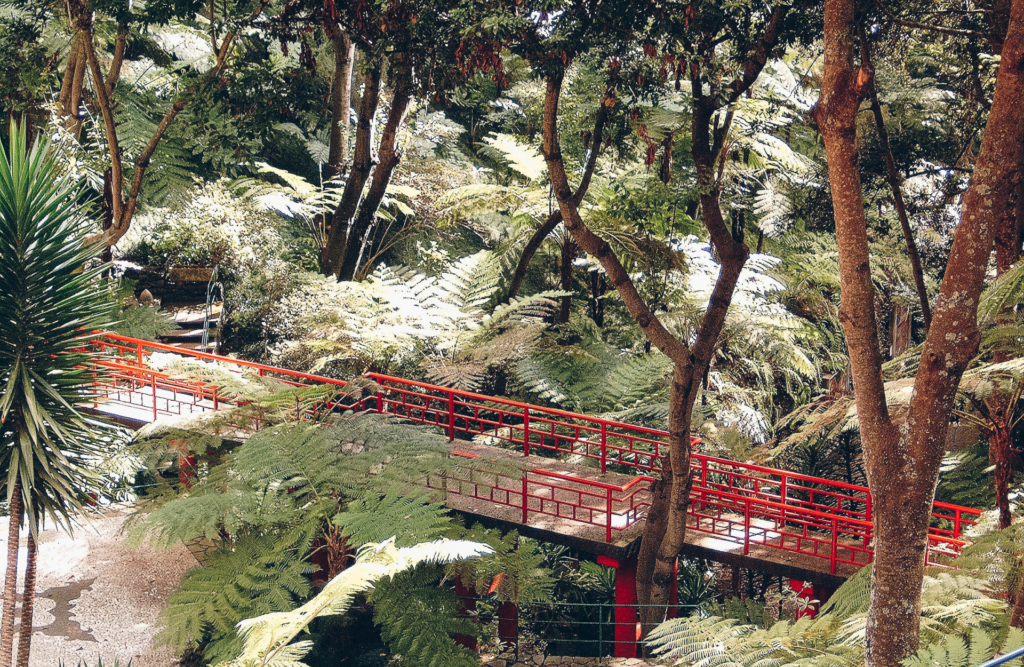
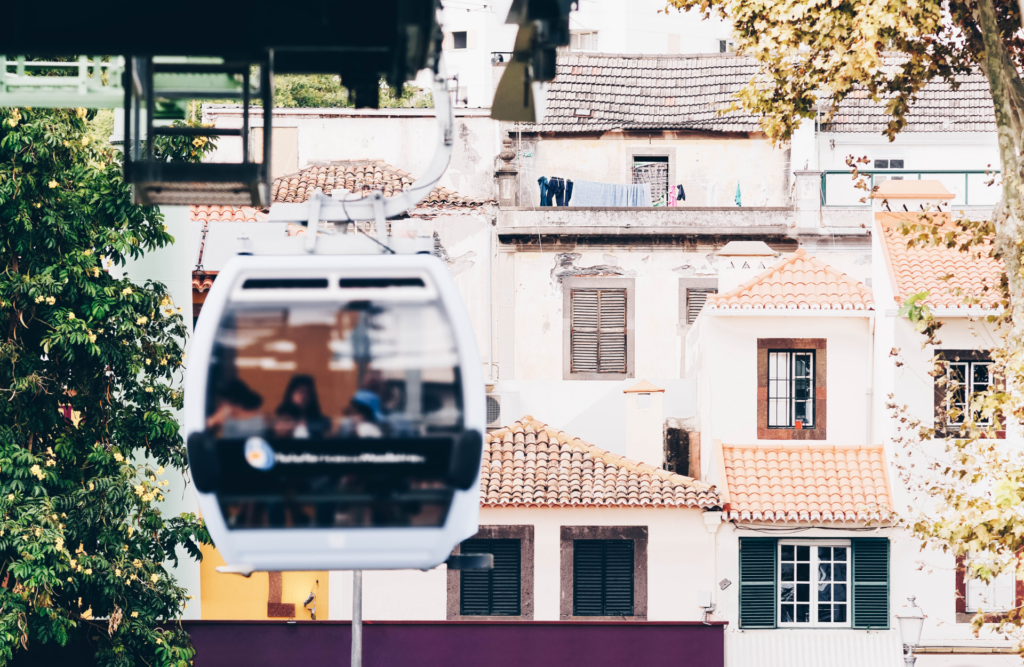
The taste of Madeira
Madeira Island has an eventful history, of which traces are still present in culinary traditions today. Settled by the Portuguese and other Europeans in the 14th century, the island was at first a sugar cane exporter before later turning to wine.
Madeirans celebrate good food and appreciate a convivial gathering to enjoy a glass or two of Madeira or Poncha. The palatable Madeira wine is one of the island’s best-known specialties. Its history dates back to the 15th century, and depending on the grape variety used, it can be sweet or dry. The island’s secret star, however, is Poncha, made from sugarcane liquor, honey and lemons. It’s said that Madeira’s national drink was invented to prevent scurvy in sailors. Today, the tasty drink has variations infused with orange, passion fruit or tangerine. To try a fantastic Poncha, head to Tasquinha da Poncha in Serra d’Agua in the islands’ center. Considered the oldest in Madeira, it makes the punch the traditional way, with a Caralhinho (a wooden whisk).
The sea, agricultural conditions, and tradition influences Madeira’s food. Espetada is a classic dish comprising skewered beef or chicken seasoned with laurel. Originally, the skewer came from a laurel stick, found in the deep forests of the island.
As a side dish, appetizer and snack, people like to eat a flatbread made of sweet potatoes, flour, water, salt and yeast, called Bolo do Caco. Traditionally baked on hot basalt stones called cacos, which is how it got its name. Our tip: Try it warm with some herb butter!
Black scabbard fish, only found in Madeira’s deep waters, is a special delicacy—though not a handsome one when unprepared. Under the name Espada you’ll find many variations on local restaurants’ menus, but it is best eaten with fried bananas and passion fruit sauce. You won’t forget the combination of buttery, soft fish with tropical flavors in a hurry.
Don’t miss the selection of different passion fruits—some of them banana-sweet, others lemony-sour. Often eaten in a sauce with hearty dishes or as a dessert, or they are drunk as lemonade or in Poncha.
Fun Fact: Did you know that the popular houseplant Monstera Deliciosa also develops fruits? They look like green pine cones, called pineapple bananas, and taste just like their name. You can find them at the market in Funchal.
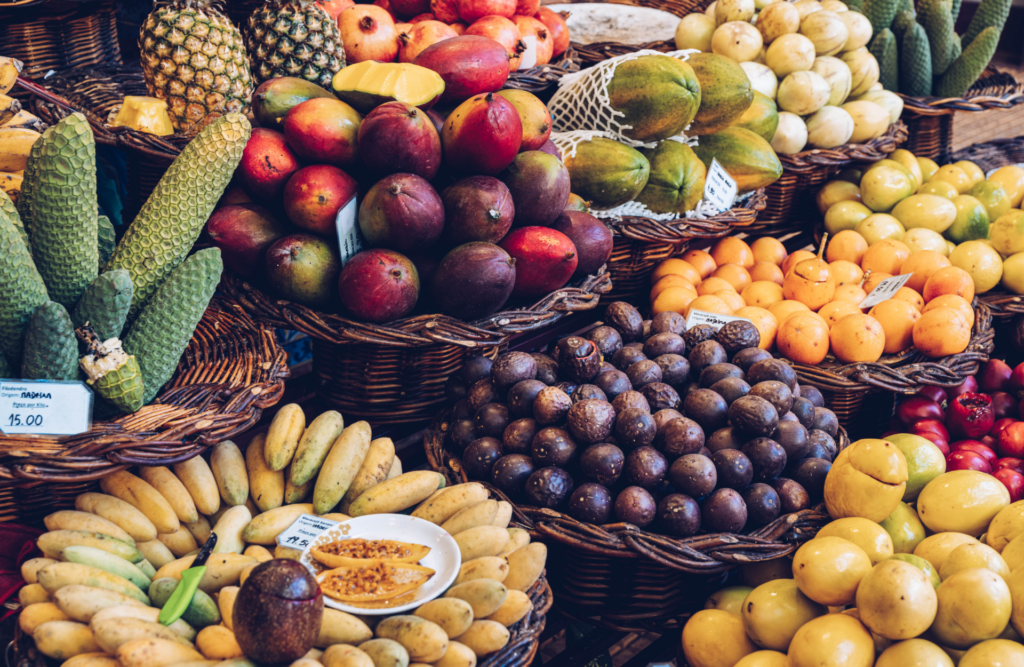
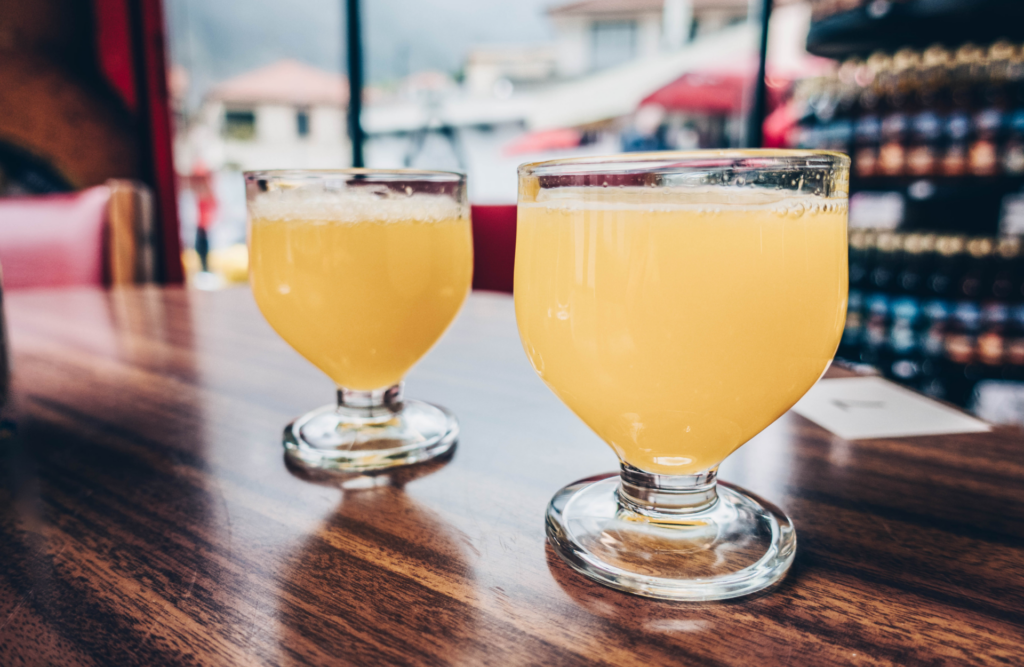
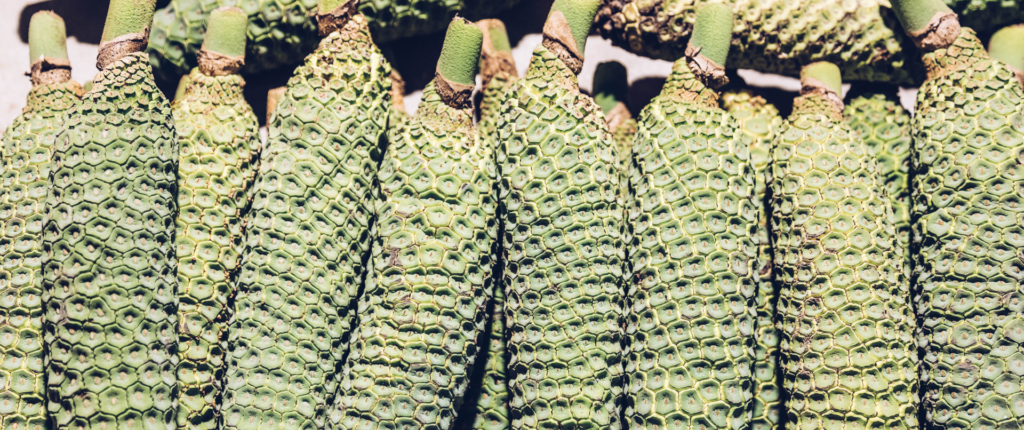
Get active on Madeira
Hikers especially love the Portuguese Island for its varied walking routes. A total of 21 hiking trails extend over 800 miles and offer active vacationers the perfect conditions. Some of them lead along the levadas, old paths along irrigation canals, and date back to the 15th century. Our favorite is the Levada do Rei, just over three miles long, which leads from São Jorge to the source of the Ribeiro Bonito stream. It’s not too difficult and passes spectacular views through increasingly lush vegetation. Along the way, you’ll have to pass under a waterfall (so pack your waterproof poncho) before reaching the mystical Laurisilva, the UNESCO-protected laurel forest.
If you want to save yourself the sweaty climb from Funchal, take the cable car to the mountain village of Monte. On your way up, you’ll notice how the surroundings change from urban to lush green scenery. At the top, an impressive view of the bay of Funchal awaits you. On your way down, you’ll need strong nerves once again, as Monte is famous beyond the Portuguese borders as the municipality of the basket sleds. For over a hundred years, they have been whizzing down the steep streets to Funchal, steered by men dressed in white and wearing hats. A unique, pleasurable but also environmentally friendly experience.
Madeira also has plenty to offer for passionate divers. A great starting point is the Garajau nature reserve on the south coast. Since the sea can be rough and not that warm, rent a wetsuit in one of the nearby stores to fully enjoy the excursion into Madeira’s underwater world. At depths of up to 165 feet you’ll encounter groupers, breams, barracudas, trumpets, puffer and parrot fish. With a little luck, you can even see manta rays and monk seals. The four reefs, numerous caves and the sunlight falling into the crystal clear water create an unforgettable scenery that will make you forget about time.

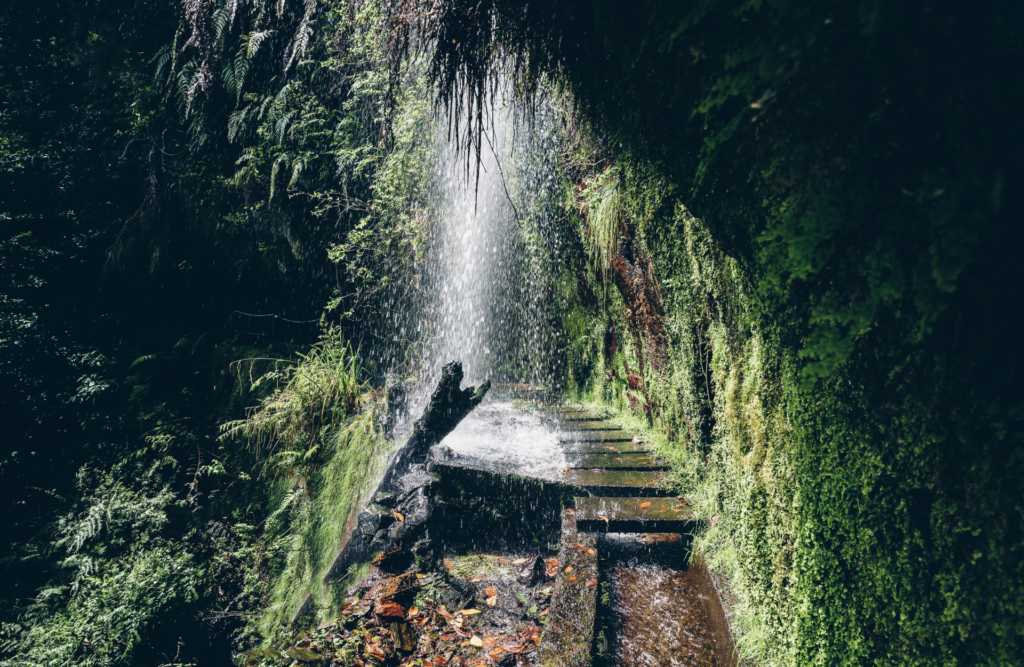

Workation on Madeira
In recent years, digital nomads and remote workers have flocked to Madeira Island. Our colleague Stephanie spent three months there last year, combining the convenience of work and vacation and exploring the gorgeous island.
Lisa Hübener: What sparked the idea to do Workation in Madeira?
Stephanie Schlanert: Madeira had been on my radar as a possible destination for a while. Then a new opportunity opened up for me to work more flexibly, and from other places. Combining work and vacation was something I wanted to try out, and it required less planning than I thought. It is a special way to experience new places. The so-called flower island in the Atlantic Ocean went straight into the shortlist for my first workation. Criteria like a good internet connection, a suitable time zone, affordable accommodation and mild climate were important. However, being in nature quickly before or after work was also an important point. Madeira fulfilled all these requirements in theory. In practice, the island gave me more than that: on the way to the supermarket, I’d past passion fruit trees and constant views of the sea. It was a great change from the gray Berlin in winter.
L.H.: Why is Madeira particularly suitable for Workation?
S.S.: Besides the already named hard facts, the weather there is spring-like all year round, the island is very diverse and is the ideal place for hiking and switching off. It’s a nice experience to close the laptop and go for a hike along the levada, take a jump into the sea or go on smaller trips on the weekends and slowly get to know the island. I also went snorkeling after work. This was a motivation for me to finish work tasks even faster. There is always something new to discover. The eucalyptus forests are especially beautiful, but also the small coffee bars and bakeries with fresh Pastel de Natas. Other beautiful places are the fairy forest in Fanal with ancient laurel trees, the old fishing village in Paul do Mar, or the rugged cliffs on Ponta de São Lourenço, a nature reserve in the eastern part of Madeira.
